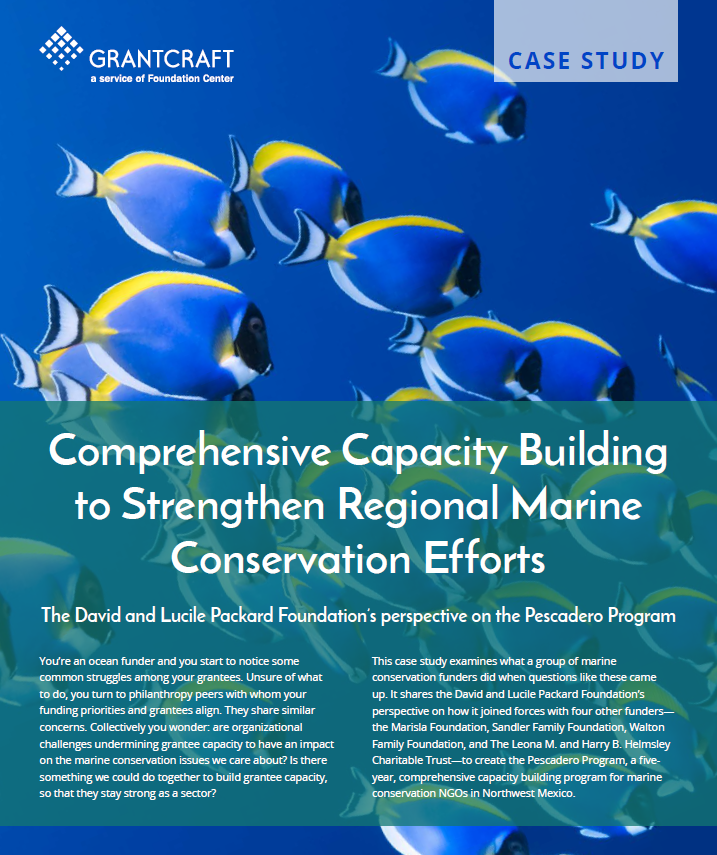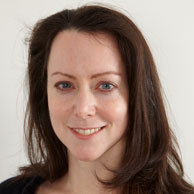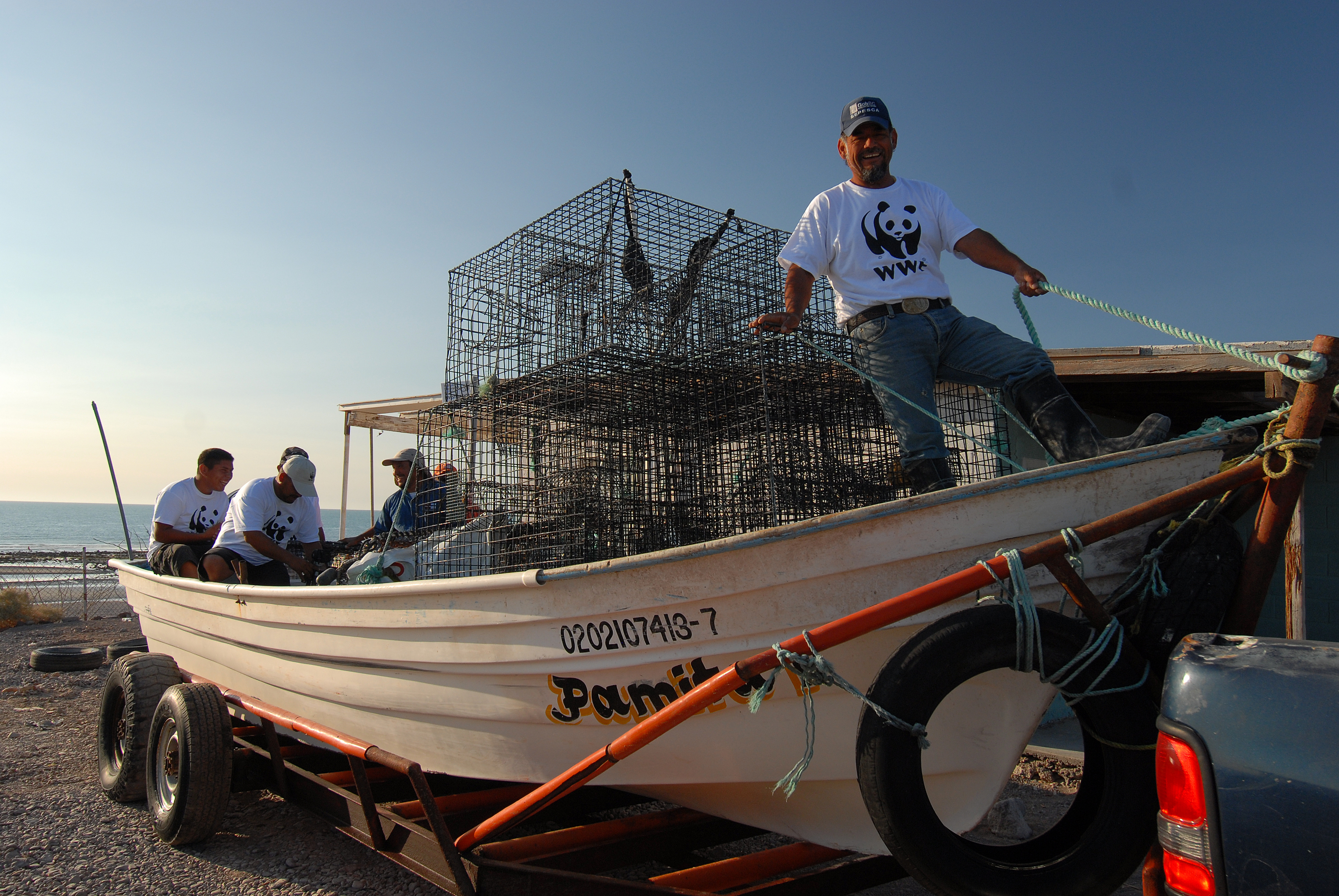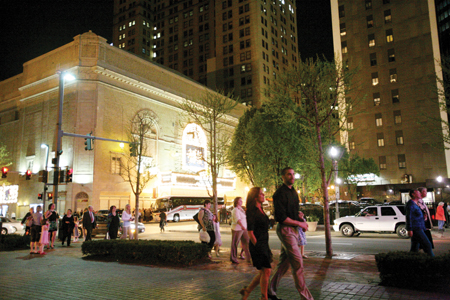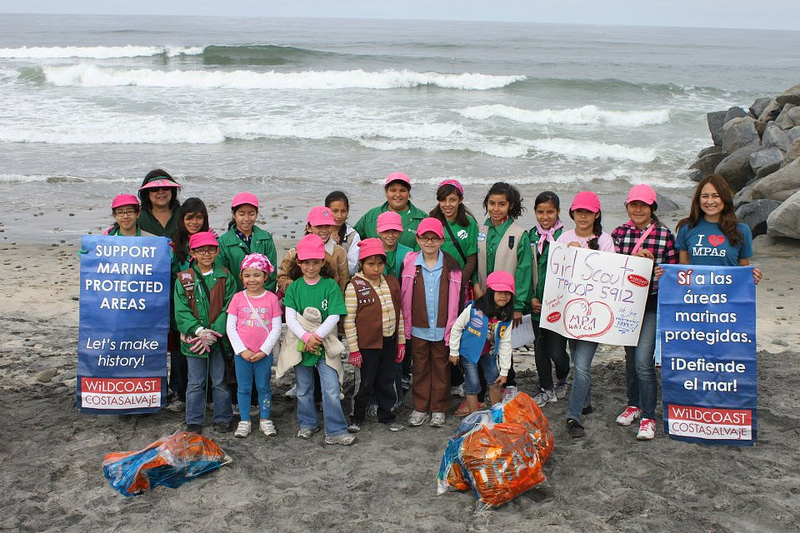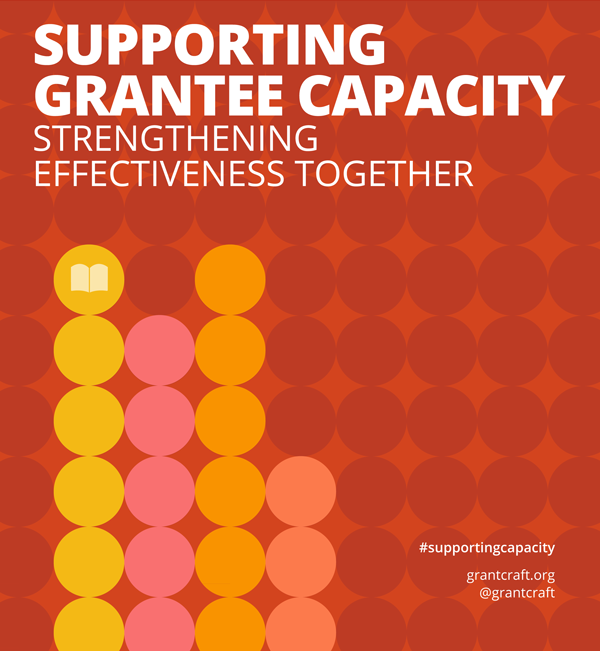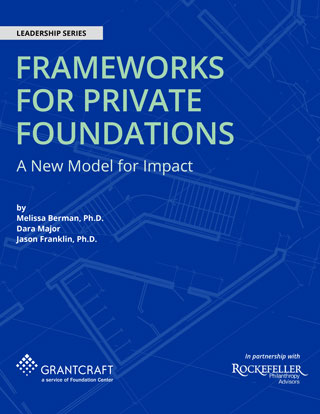Comprehensive Capacity Building to Strengthen Regional Marine Conservation Efforts The David and Lucile Packard Foundation’s perspective on the Pescadero Program
You’re an ocean funder and you start to notice some common struggles among your grantees. Unsure of what to do, you turn to philanthropy peers with whom your funding priorities and grantees align. They share similar concerns. Collectively you wonder: are organizational challenges undermining grantee capacity to have an impact on the marine conservation issues we care about? Is there something we could do together to build grantee capacity, so that they stay strong as a sector?
This case study examines what a group of marine conservation funders did when questions like these came up. It shares the David and Lucile Packard Foundation’s perspective on how it joined forces with four other funders – the Marisla Foundation, Sandler Family Foundation, Walton Family Foundation, and The Leona M. and Harry B. Helmsley Charitable Trust – to create the Pescadero Program, a five-year, comprehensive capacity building program for marine conservation NGOs in Northwest Mexico.
The Pescadero Program, started in 2014 and set to finish in 2018, has been a multi-funder collaboration since the beginning. Its theory of change: stronger marine conservation NGOs, with better institutional and technical capacities, lead to better programs and projects, and greater marine conservation impact and improved sustainable use of the Gulf of California’s natural resources. Staff from 27 NGOs in the Northwestern states of Mexico regularly participate through cohort trainings, often combined with follow-up consulting or coaching. Participating NGOs range from community based groups that are local or regional in the Gulf of California, to larger national and international environmental NGOs. Capacity areas addressed include governance, management, and administration; leadership; strategic planning; board development; and communications and fundraising. Each year, middle and high level NGO managers of participating organizations can also apply for the Pescadero Program’s cohort-based, leadership development offering, which builds individual and collective leadership capacities, including emotional awareness, motivating others, decision making and delegation, inspirational presenting, and negotiation and mediation. Institutional knowledge sharing within organizations and potential collaboration with other organizations are added benefits from cohort-based learning on capacity building topics.
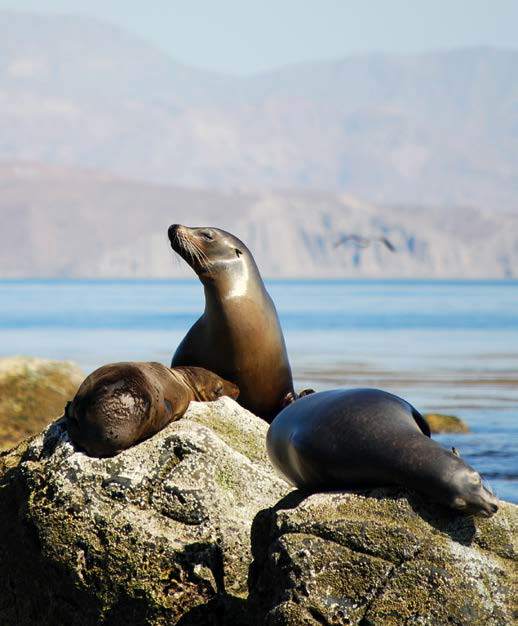 What led to the collaborative development of this capacity building approach? For more than a decade before creating the Pescadero Program, the participating funders had been part of the Consultative Group on Biological Diversity’s Gulf of California and Mexico Funders group, a funder affinity group and learning network that has promoted strategic grantmaking among conservation funders in Mexico, particularly in the Northwest. Then in 2012, a subset of funders in the group, in dialogue with grantees, recognized that NGOs in Northwest Mexico were looking for tools and support for greater resiliency to sustain and advance major conservation progress in the region. While each foundation independently felt driven to fund along this agenda, they understood that by working together, they could leverage their individual investments at broader scale and more sustainably.
What led to the collaborative development of this capacity building approach? For more than a decade before creating the Pescadero Program, the participating funders had been part of the Consultative Group on Biological Diversity’s Gulf of California and Mexico Funders group, a funder affinity group and learning network that has promoted strategic grantmaking among conservation funders in Mexico, particularly in the Northwest. Then in 2012, a subset of funders in the group, in dialogue with grantees, recognized that NGOs in Northwest Mexico were looking for tools and support for greater resiliency to sustain and advance major conservation progress in the region. While each foundation independently felt driven to fund along this agenda, they understood that by working together, they could leverage their individual investments at broader scale and more sustainably.
From the start, the David and Lucile Packard Foundation saw the value of bringing their varied interests and expertise to the capacity building table. “It was unique and powerful that five funders of different types with different priorities and approaches made a long-term capacity building investment that went beyond what any one of us could do going it alone,” says Jamaica Maxwell, program officer for the Organizational Effectiveness program at the David and Lucile Packard Foundation. “Every foundation enriched our approach, even those newer to capacity building. For example, one of the foundation partners brought a different level of rigor when it came to evaluation and metrics.”
Beyond bringing complementary expertise, each funder also brought their unique relationships with different organizations and leaders in the region, all which helped to build trust and participation in the program. The David and Lucile Packard Foundation’s example: “One of our staff, Richard Cudney, program officer for the Gulf of California, brought many years of trusted relationships with the organizations at the table from the get-go,” says Jamaica. “He’s been able to ask grantees things like, ‘what’s keeping you up at night?’ and ‘what’s really the issue preventing you from taking the next step on x, y, or z?’ He and other funders at the table brought those kinds of relationships that helped create a level of honesty and comfort.” The funders also developed strong relationships with each other over time. “The group of funders had a history of travelling together, funding the same people and organizations, collaborating on past projects, attending Gulf of California meetings together, and even sharing wine together,” says Jamaica. “We started to develop the Pescadero Program from a really strong place.”
Even though the Pescadero Program funding partners had deep relationships and experience in the region, they took their time – about two years – to design their collective capacity building approach. “As a group, we wanted to calibrate the design to the readiness and needs of NGOs working on the ground in the Gulf of California,” says Jamaica. “We didn’t come in with a cookie cutter ‘here’s a capacity building program for you’. We asked grantees what their vision for a stronger sector would look like. Then we tried to be responsive to what they hoped for in terms of capacity building to get there.”
During the design phase, the funder partners hired consultants with capacity building expertise to carry out a needs assessment that included interviews with grantees and culminated in a facilitated convening between organizations and funders. “We were asked, what do you need help with?” says Peggy Turk-Boyer, founder and executive director of the Intercultural Center for the Study of Deserts and Oceans. “That helped establish a list of capacity building priorities that the program might address.” With grantee and funder input in hand, the consultants reflected on the information collected and drafted a capacity building program approach.
Effective working collaborations of all kinds require clarity on who’s doing what and how those involved will communicate. In the case of the Pescadero Program, roles and responsibilities of participating funders were clearly established and have evolved. During the design phase, the David and Lucile Packard Foundation took the lead drafting a request for proposals and facilitating the process for selecting an intermediary that would manage the program. Now, several years in, Fonnor, a regional fund, under the supervision of the Mexican Fund for the Conservation of Nature, an independent, nonprofit organization which finances and strengthens strategic actions and projects to conserve Mexico´s natural heritage, serves as the intermediary of the program. With this management structure in place, the funders collaborate with María José Mesén Arias, the Pescadero Program coordinator at Fonnor, as the leader who’s interacting with the program participants regularly. The funders now serve more as coaches and advisors. “Our funder role is one of support – being responsive, listening, bringing knowledge from other projects and sharing what we know is happening on the ground,” says Jamaica. She coordinates regular funder update calls, and she serves as the main point person for Fonnor. “If María José needs an immediate answer on something, she reaches out to me,” says Jamaica. “If there’s a pressing opportunity or issue that she needs our advice on, we correspond via email if we don’t have a call coming up soon.”
What makes the Pescadero program funder communications work? “The funders in the group are responsive,” says Jamaica. “When I reach out on behalf of María José on a question, the other funders call or write back and we move forward.” According to María José: “Their willingness to listen, advise, and give and receive feedback has really helped me with decision making. It’s not just on scheduled calls; they’ve kept the lines of communication open throughout.”
In addition to clearly establishing the funder-intermediary relationship, the Pescadero Program funders agreed that potential Pescadero Program participants needed to know what would be expected of them so they could decide to opt in or out. “Sometimes I get calls from other funders with requests like, ‘I want to get this organization to conduct an internal review, or do a strategic plan,’” says Jamaica. “At the David and Lucile Packard Foundation, we’ve found you can’t force reflection or action if an organization is not ready.” The Pescadero Program funders shared this perspective. Once the program launched, Fonnor sent out invitations that clarified the expected capacity building process. “That meant not everyone said yes,” says Meg Caldwell, deputy director of Ocean funding at the David and Lucile Packard Foundation. “But those that committed were clear what they were signing up for.”
To further tailor capacity building to organizational needs, when NGOs joined the Pescadero Program, each was required to take the Institutional Effectiveness Index (IEI), an online organizational assessment tool supported by expert coaching, that helped them more deeply diagnose their capacities and identify areas for improvement. This has helped Fonnor understand organizational needs and common needs across the cohort, as well as which groups need additional support. The IEI was also re-administered at the project mid-point, and has become part of a suite of evaluation approaches to assess the Pescadero Program’s impact.
Having access to assessment data has helped grantees understand how they’ve grown and where they still need to build capacity. Funders too have benefitted, understanding where their efforts have had most impact. Some findings from the Pescadero Program to-date: mid-term IEI scores show participating organizations have become more effective in institutional processes such as administrative and financial management, and strategic planning. Participating executive directors and administration staff now have more knowledge of the administrative, legal and human resource issues that may affect them and have gained abilities to take steps to address them. Comparing baseline and mid-term IEI scores also shows that 68 percent of participating organizations have improved their fundraising strategies, with 71 percent having diversified their donors.
Pescadero Program participants also note benefits that are harder to quantify. According to Peggy, “One of the Pescadero Program consultants talked a lot about how it’s the responsibility of boards and executive directors to make sure that NGOs have the resources they need – beyond project-related funding – to pursue their missions in dignified ways. While it’s not always easy to secure this kind of funding, just understanding the kind of depth and fundraising capacity we need to bring us to a more mature level as an organization has been eye opening to me and my staff.”
It’s not always easy to convince funders that capacity building is worth the investment. We’ve seen foundations dip their toes into capacity building, but then pull out before they got in too deep. The Pescadero Program shows the value of having a collaborative, multi-year view. “This work takes time, energy, and money,” says Meg. “Especially if you want the capacity built to enhance impact and produce dividends that you can’t even imagine at the beginning.”
This case study was developed as a companion piece to stories shared through Foundation Center’s Funding the Ocean project. Funding the Ocean is a dynamic hub to inform and inspire ocean conservation philanthropy around the world. It includes a mapping application, repository of reports and case studies, and a cloud-based platform for engagement.
